Description
Algernon Henry Blackwood, (14 March 1869 – 10 December 1951) was an English narrator, journalist, novelist and short story writer, and among the most prolific ghost story writers in the history of the genre. Critics stated, “His work is more consistently meritorious than any weird writer’s..”.
Blackwood himself wrote:
“My fundamental interest, I suppose, is signs and proofs of other powers that lie hidden in us all; the extension, in other words, of human faculty. So many of my stories, therefore, deal with extension of consciousness; speculative and imaginative treatment of possibilities outside our normal range of consciousness…. Also, all that happens in our universe is natural; under Law; but an extension of our so limited normal consciousness can reveal new, extra-ordinary powers etc., and the word “supernatural” seems the best word for treating these in fiction. I believe it possible for our consciousness to change and grow, and that with this change we may become aware of a new universe. A “change” in consciousness, in its type, I mean, is something more than a mere extension of what we already possess and know.”
**A novella is a narrative prose fiction whose length is shorter than most novels, but longer than most short stories. The English word novella derives from the Italian novella meaning a short story related to true (or apparently so) facts.
The Wendigo is a novella first published in The Lost Valley and Other Stories (Eveleigh Nash, 1910).
Wendigo is a mythological creature or evil spirit originating from the folklore of Plains and Great Lakes Natives as well as some First Nations. It is based in and around the East Coast forests of Canada, the Great Plains region of the United States, and the Great Lakes region of the United States and Canada, grouped in modern ethnology as speakers of Algonquian-family languages. The wendigo is often said to be a malevolent spirit, sometimes depicted as a creature with human-like characteristics, which possesses human beings. The wendigo is said to invoke feelings of insatiable greed/hunger, the desire to cannibalize other humans, and the propensity to commit murder in those that fall under its influence.
In some representations the wendigo is described as a giant humanoid with a heart of ice; a foul stench or sudden, unseasonable chill might precede its approach. Possibly because of longtime identification by Europeans with their own myths about werewolves, Hollywood film representations often label human/beast hybrids featuring antlers or horns with the “wendigo” name, but such animal features do not appear in the original indigenous stories.
The word appears in many Native American languages, and has many alternative translations. The source of the English word is the Ojibwe word wiindigoo. Although descriptions can vary somewhat, common to all these cultures is the view that the wendigo is a malevolent, cannibalistic, supernatural being. They were strongly associated with winter, the north, coldness, famine, and starvation.
Whenever a wendigo ate another person, it would grow in proportion to the meal it had just eaten, so it could never be full. Therefore, wendigos are portrayed as simultaneously gluttonous and extremely thin due to starvation. The wendigo is seen as the embodiment of gluttony, greed, and excess: never satisfied after killing and consuming one person, they are constantly searching for new victims.
In addition to denoting a cannibalistic monster from certain traditional folklore, some Native Americans also understand the wendigo conceptually. As a concept, the wendigo can apply to any person, idea, or movement infected by a corrosive drive toward self-aggrandizing greed and excessive consumption, traits that sow disharmony and destruction if left unchecked.
“The Willows” is a novella considered it to be “the finest supernatural tale in English literature”, originally published as part of 1907 collection The Listener and Other Stories. It is one of Blackwood’s best known works and has been influential on a number of later writers. Is an example of early modern horror and is connected within the literary tradition of weird fiction.
The precise nature of the mysterious entities in “The Willows” is unclear, and they appear at times malevolent or treacherous, while at times simply mystical and almost divine. These forces are often contrasted with the natural beauty of the area, itself a vigorous dynamic. Overall, the story suggests that the landscape is actually an intersection, a point of contact with a “fourth dimension” — “on the frontier of another world, an alien world, a world tenanted by willows only and the souls of willows.”
“The Damned” is a novella first published in 1914. Two friends, Bill and Francis, come to visit a lonely absent friend. Blackwood writes about a house that may or not be haunted. Strange things happen in the house, so strange that the friends don’t want to sleep alone. The story is not too scarry for today standards, but it may be interesting for weird stories passionates.
Copyright @Ocolit Stories. All rights reserved.
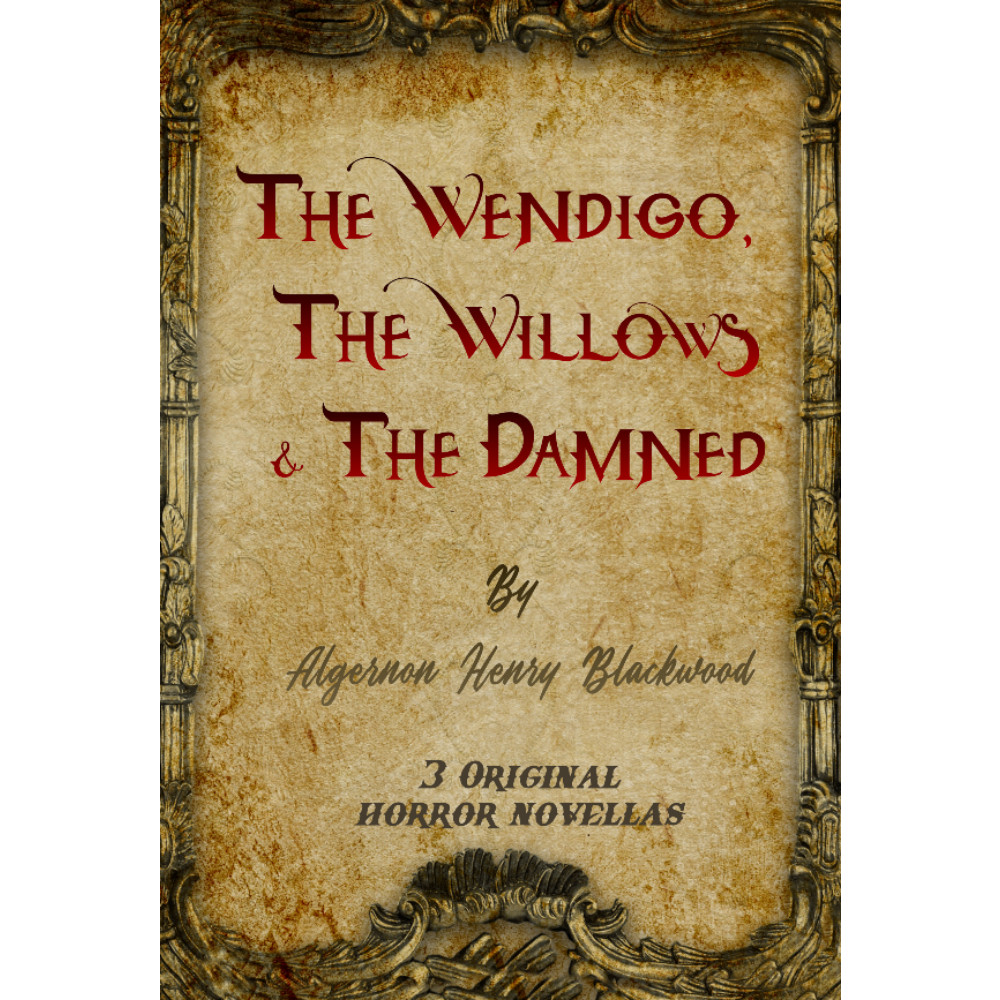

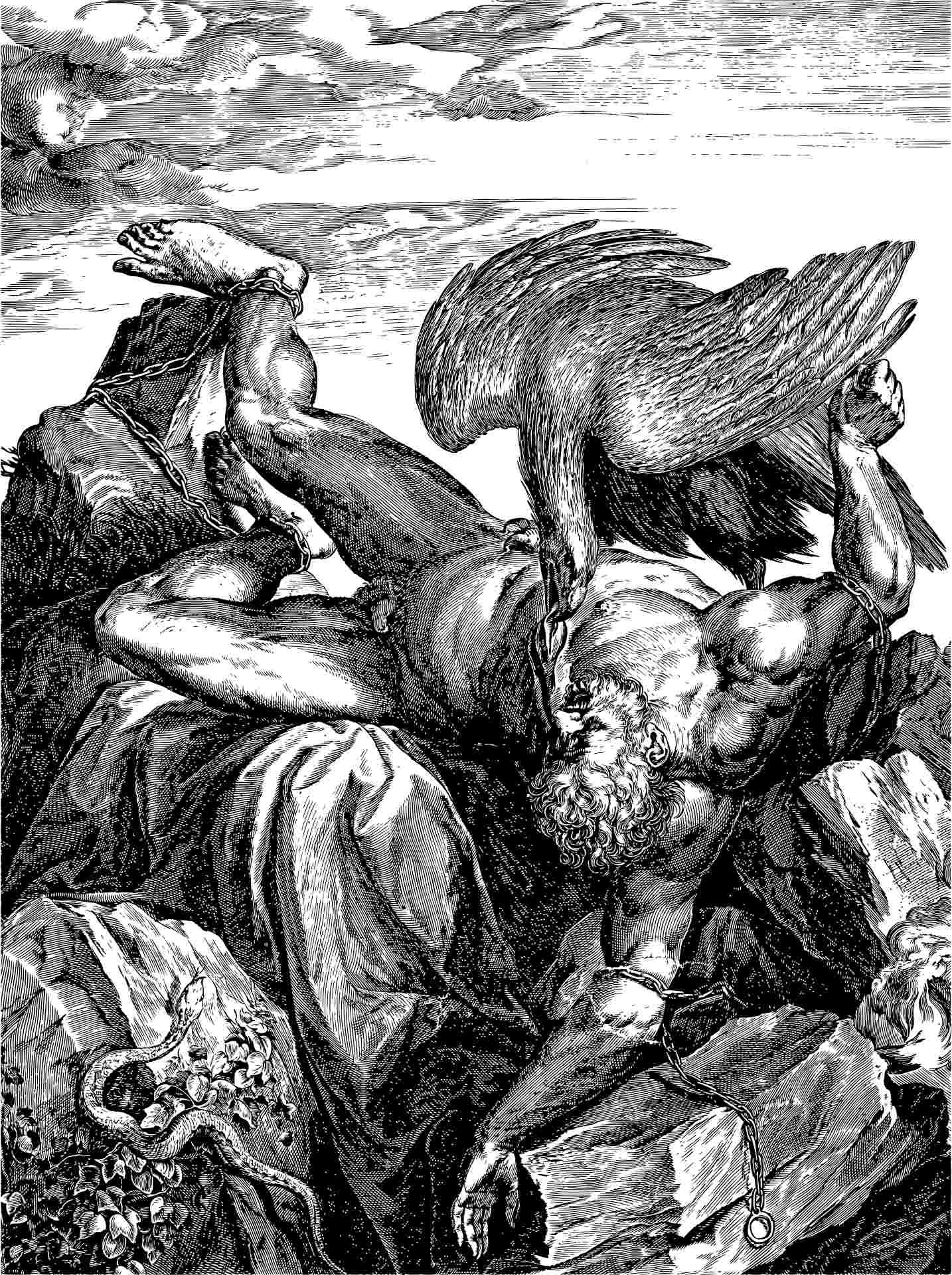
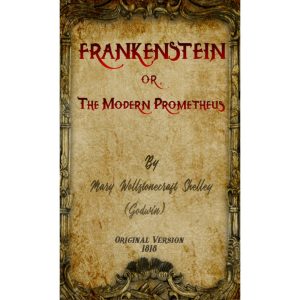
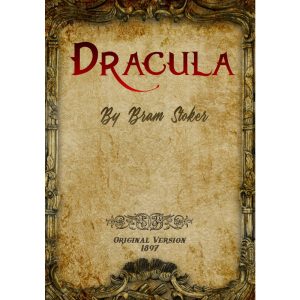
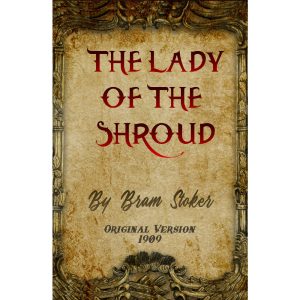
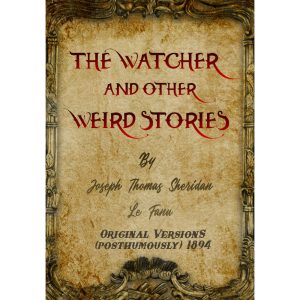
Reviews
There are no reviews yet.